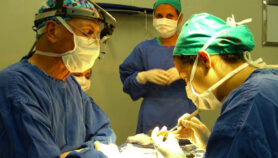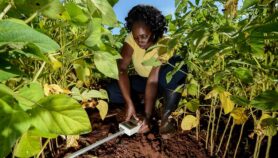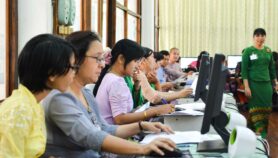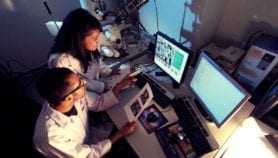Send to a friend
The details you provide on this page will not be used to send unsolicited email, and will not be sold to a 3rd party. See privacy policy.
HINARI, the WHO’s research access programme, claimed this week (19 May) that is has helped to advance the scientific output of its member countries.
An analysis by publishing company Elsevier — which makes its journals available though HINARI — looked at the increases in papers published in peer-reviewed journals from 2002–2006.
The study revealed a 63 per cent average increase in 105 countries with HINARI access, compared to 38 per cent in 102 non-HINARI countries.
Eligibility for HINARI access is based on gross national income (GNI). Institutions in countries where the GNI is less than US$1250 receive free access, while those in countries with a GNI of US$1250–3500 pay US$1000.
The analysis used the Thomson Scientific database, which keeps track of more than 9,000 international and regional peer-reviewed journals. The registered country of a paper’s primary author was used to make the assessment, and all disciplines were taken into account.
HINARI, the Health InterNetwork Access to Research Initiative, was launched in 2002 to provide free or low-cost access to medical research in developing countries.
Kimberley Parker, HINARI’s programme manager, says that with such a simple analysis it is impossible to prove HINARI alone has caused this increase.
"We believe we’re a contributing factor in the growth. This particular piece of research was something that came to hand; we are pleased to be able to say that we look to be a contributing factor but we can’t prove it."
The increase across all countries, not just those served by HINARI, can be explained by a general increase in science and technology funding and human resources, says Andrew Plume, senior publishing information manager at Elsevier, who carried out the analysis.
"A full multivariate analysis would be required to model the relative contribution of HINARI to the observed growth in peer-reviewed literature emerging from these nations," Plume told SciDev.Net. He adds that a deeper analysis will likely be carried out in the near future.
HINARI’s claims have drawn scepticism from some members of the open access publishing community — and highlight the difficulty of measuring the impact of open and free access publishing.
"Of course access to research findings are bound to stimulate research activity, but it is hard to be sure that access programmes such as HINARI are the sole contributors to increases in scientific activity — as measured by the number of publications — in the developing world," says Barbara Kirsop of the Electronic Publishing Trust for Development.
But Parker is keen to stress the role that research access can play in increasing scientific activity. "Without access [to research] it becomes extremely hard to join the conversation — you don’t know what’s already been talked about or researched, or whether the work you want to explore has already been done."
"And it becomes difficult to author a paper too — at least a paper that will be accepted in the major peer-reviewed journals of the world — because you don’t have anything to benchmark yourself against."













